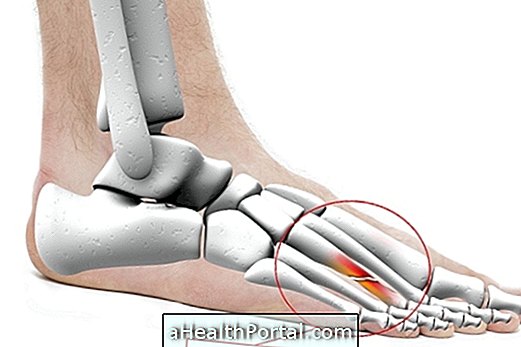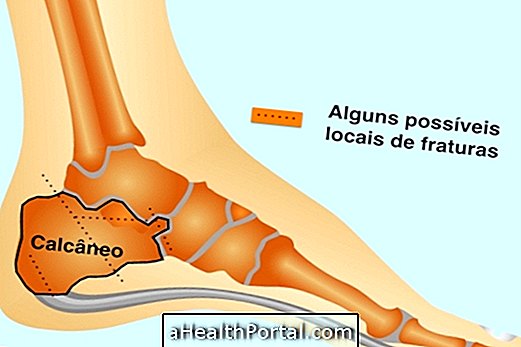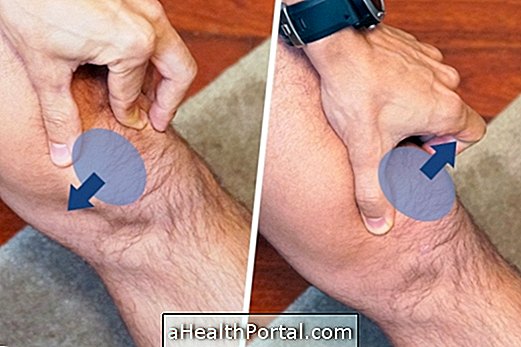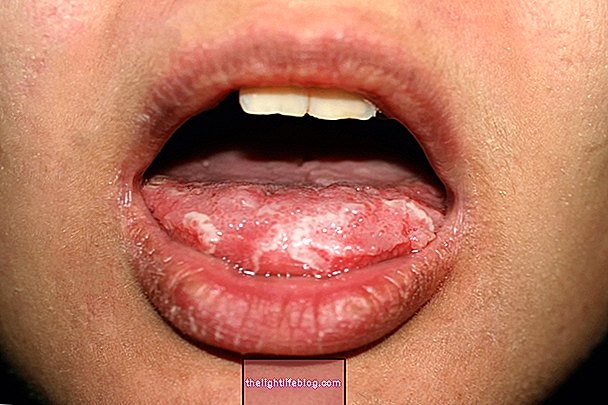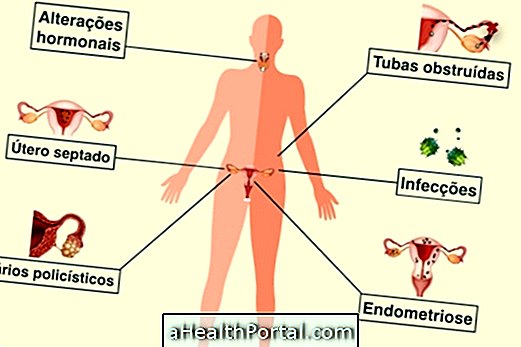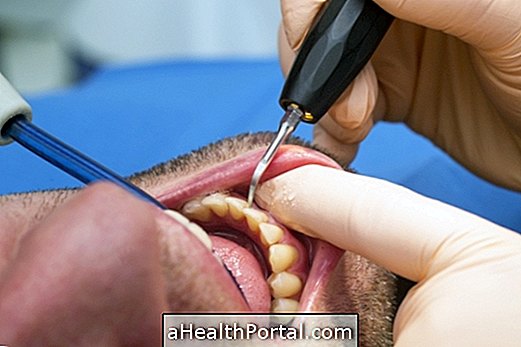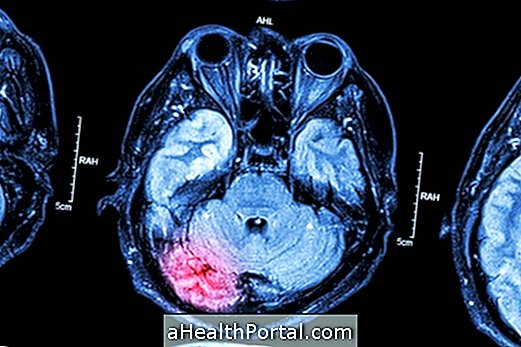The most common symptom of Paget's disease is bone pain that is more frequent at night after a hard day's work. However, about 70% of those affected do not have any symptoms and discover the disease when doing X-ray examinations for some other reason.
The disease is most commonly diagnosed after the age of 40, and symptoms are more related to the complications that can occur after the onset of the disease. Thus, the signs that may indicate Paget's disease may be:
- Pain in the bones, especially in the legs
- Frequent fractures, apparently without reason
- Increased curvature of the spine, leaving the person 'hump'
- Osteoporosis
- Headache and increased head size
- Deformation in the legs, leaving them arched
- Deafness caused by enlarged skull bones
- Joint pain and deformity
If it occurs in the skull for example, the individual may have deformities in the eyebrows and forehead, headache and hearing loss, for example. Any bone that is affected by this disease tends to become more fragile and at greater risk for fractures.
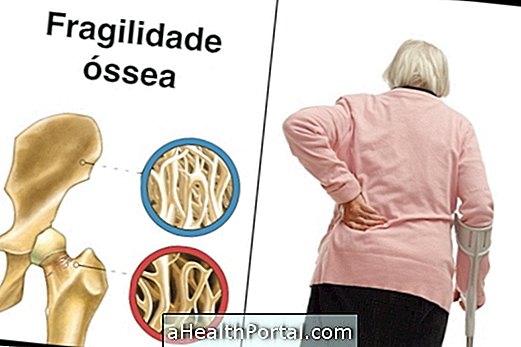
How is the diagnosis of Paget's disease made?
The doctor can arrive at your diagnosis by examining X-ray or bone scintigraphy, and the blood test that measures the amount of calcium, phosphorus and alkaline phosphatase (ALP). Calcium and potassium values may be normal and alkaline phosphatase is usually elevated.
In the radiography the doctor can observe the bony characteristic of 'candle flame', being possible also to verify the 3 different phases of bone remodeling in the same bone.
Although MRI is not always necessary, this test helps to identify the possibility of sarcoma, giant cell tumor, and metastasis, while tomography is helpful in evaluating the possibility of fracture.
Learn how medicine, nutrition and physical therapy can help in the treatment of Paget's disease.

